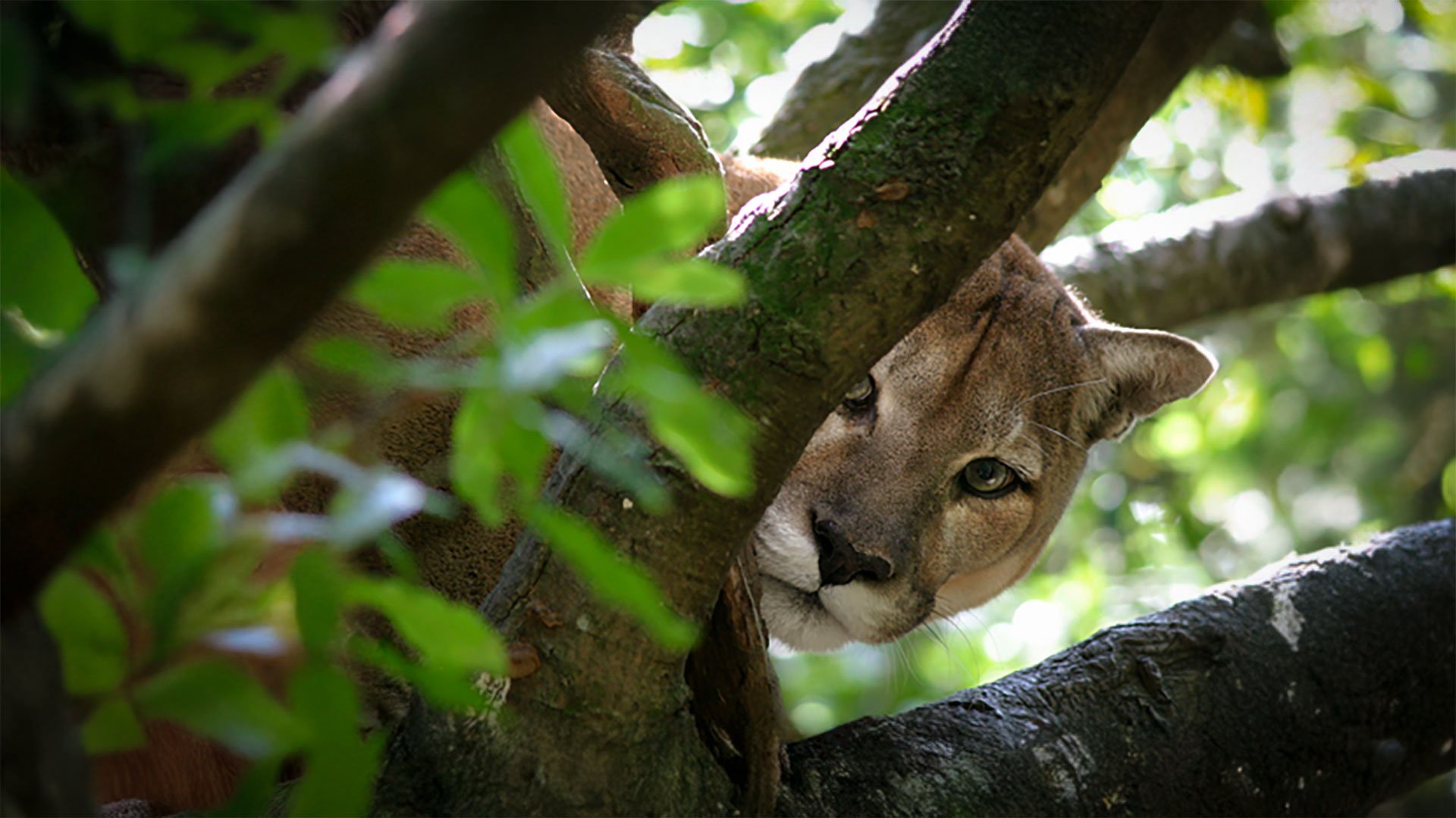Record-Breaking Panther Sighting Underscores Urgent Need for Conservation
The Florida panther (Puma concolor coryi) once roamed extensively throughout the southeastern United States. Today, due to habitat loss, fragmentation, and human encroachment, their primary breeding population is confined to the southwestern tip of Florida. Estimates suggest that only about 120 to 230 adult and subadult panthers remain in the wild, making them one of the most endangered mammals in the country.
Challenges Facing the Panther Population
The survival of the Florida panther is fraught with challenges:
Habitat Loss and Fragmentation: Urban development and agricultural expansion have significantly reduced and fragmented the panther's natural habitat, limiting their range and access to prey.
Vehicle Collisions: Roadway mortality is a leading cause of death among Florida panthers. In 2024, 36 panthers were killed, with 29 of these fatalities resulting from vehicle strikes. This alarming statistic highlights the need for improved wildlife crossings and driver awareness in panther habitats.
Genetic Diversity: The small population size and isolation increase the risk of inbreeding, leading to genetic health issues. Efforts to introduce genetic diversity, such as the introduction of Texas cougars in the 1990s, have been implemented to address this concern.
The Role of Conservation Organizations
Organizations like Big Cat Rescue play a pivotal role in the conservation of Florida panthers and other wild cat species. Through rescue operations, rehabilitation, public education, and advocacy, they work tirelessly to ensure these magnificent animals continue to thrive in the wild.
How You Can Make a Difference
Your support is crucial in safeguarding the future of the Florida panther. Here are ways you can contribute:
Donate: Financial contributions to organizations like Big Cat Rescue fund essential programs such as habitat preservation, medical care for injured panthers, and public education initiatives.
Advocate for Wildlife Corridors: Support the creation and maintenance of wildlife corridors that connect fragmented habitats, allowing panthers and other wildlife to roam safely.
Drive Responsibly: When traveling through areas known to be panther habitats, adhere to posted speed limits and stay vigilant, especially during dawn and dusk when panthers are most active.
Educate Others: Raise awareness about the plight of the Florida panther by sharing information and engaging in conversations within your community.
A Call to Action
The capture of the largest recorded Florida panther is a testament to the success of conservation efforts, but it also serves as a reminder of the ongoing challenges these animals face. By supporting organizations like Big Cat Rescue and adopting responsible behaviors, we can all contribute to the preservation of this iconic species. Together, we can ensure that the Florida panther continues to be a living symbol of our natural heritage.
Source URL: Florida Fish and Wildlife Conservation Commission Reportedly Captures Largest Panther in State History



